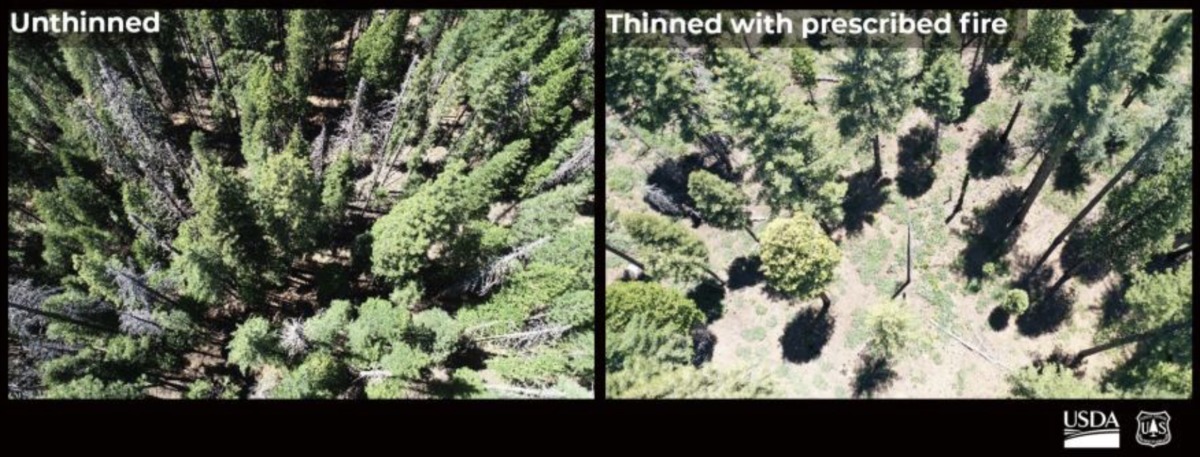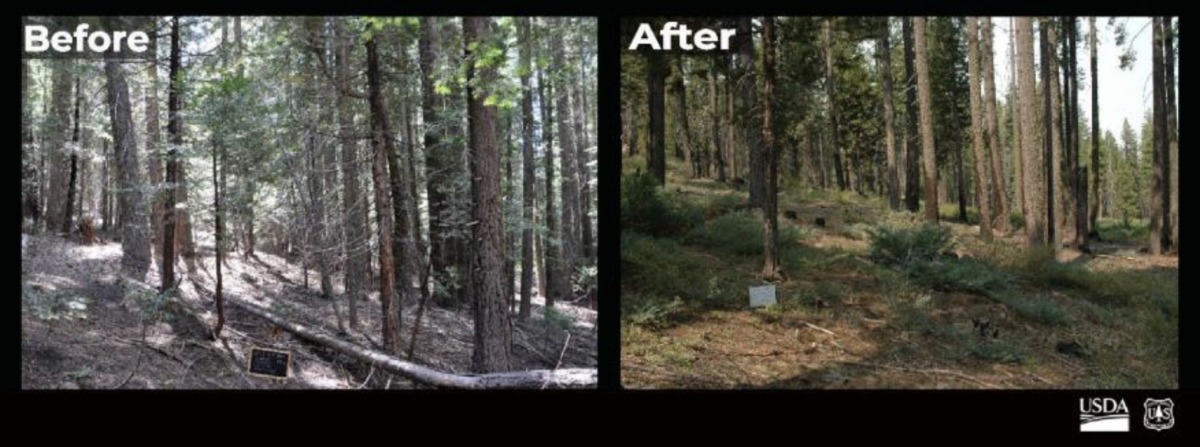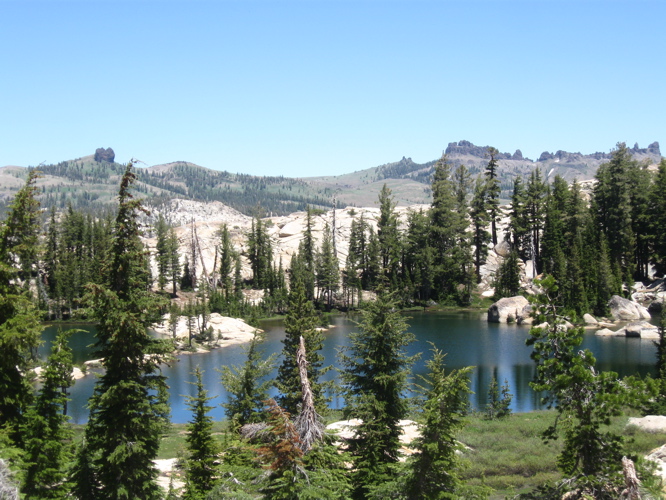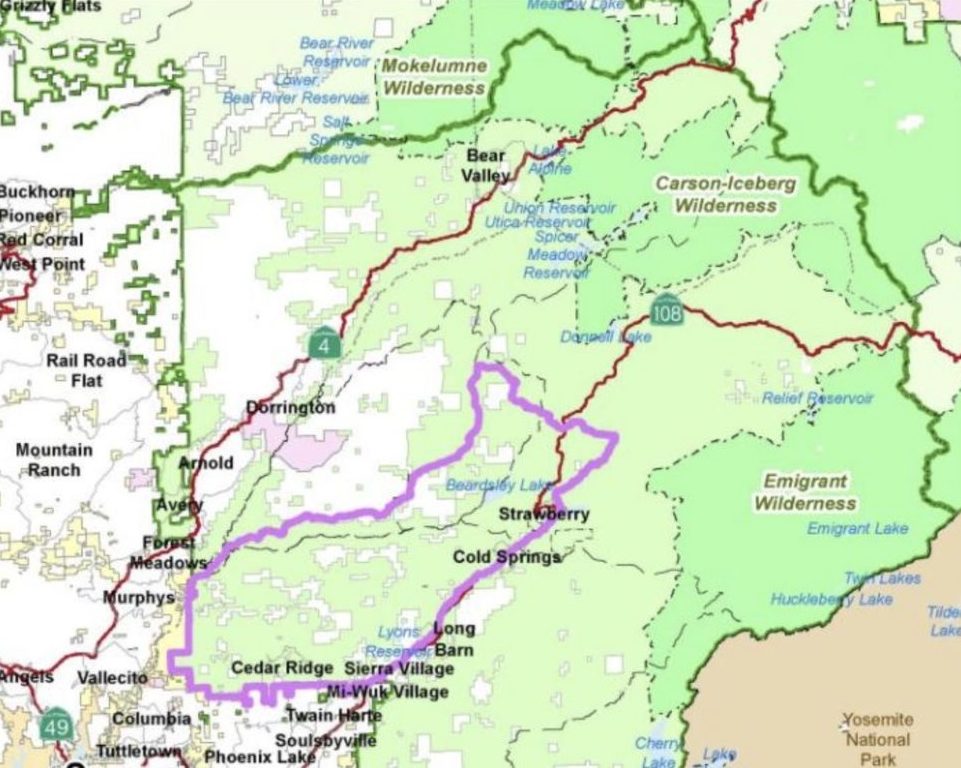Did you know that National Forests have special research areas called experimental forests?
Experimental forests are areas designated for research purposes. The Stanislaus National Forest has a 250-acre experimental forest where researchers study the ecology of forests to better understand how different forest management practices affect forest resilience and health. Before fire suppression, western forests experienced fire every decade, which resulted in open forests and higher biodiversity. Before research started in the Stanislaus-Tuolumne Experimental Forest, the last fire in the area was in 1889!

Eric Knapp is the head researcher for the Stanislaus-Tuolumne Experimental Forest. He evaluates how different forest management alternatives designs can restore forests to their historical conditions.
Ten years ago, Knapp and his colleagues began their research in the experimental forest. They thinned some areas so that trees spaced relatively evenly, some areas were left untreated, and other areas were restored to historical forest conditions. Half of all the units were later treated with prescribed fire. Through this study, they have learned that by thinning forests and reducing competition, the remaining trees had greater access to sunlight, water, and the nutrients found in soils. They also found that the addition of prescribed fire is key to a more vibrant and diverse understory plant community, similar to what these forests once contained. The forests of the past prove open, less dense forests are both biodiverse and resilient in the face of drought and wildfire.
If you are interested in watching Eric Knapp’s virtual tour of the Stanislaus-Tuolumne Experimental Forest, and you have 30 minutes to spare then click on the link below: https://chorophronesis.geog.psu.edu/virtualexperiences/StanislausWebsite/index2.html. Dr. Knapp discusses the effects of the different treatments from his study. (The tour video only works with Chrome browser.)


With new research and a better understanding of how historical forests functioned to best survive fire, drought, and bark beetles, we can create new management strategies to best protect forests and communities from high-intensity forest fires. Due to the recent years of devastating wildfires, the Forest Service has been under increasing pressure to find ways to manage forests at a larger scale and in a more effective way to restore our forests to historical conditions. The Stanislaus National Forest, in partnership with YSS, has been working hard over the past few years to use the best available science and technology to create the largest green forest, wildfire preparedness, and drought-resiliency project the Sierra Nevada has ever seen!
The Social and Ecological Resilience Across the Landscape project (SERAL) aims to restore forest health, reduce the risk of high-intensity wildfire, and benefit local communities. The project is not only designed to support healthy forests and mitigate wildfire risk but also to support the local community. This project will protect residents from high-intensity wildfires, bolster local economies, fortify local businesses reliant on tourism and recreation, and safeguard 95% of Tuolumne County residents’ water supply.
Photo to the right shows the SERAL project with a purple outline.


